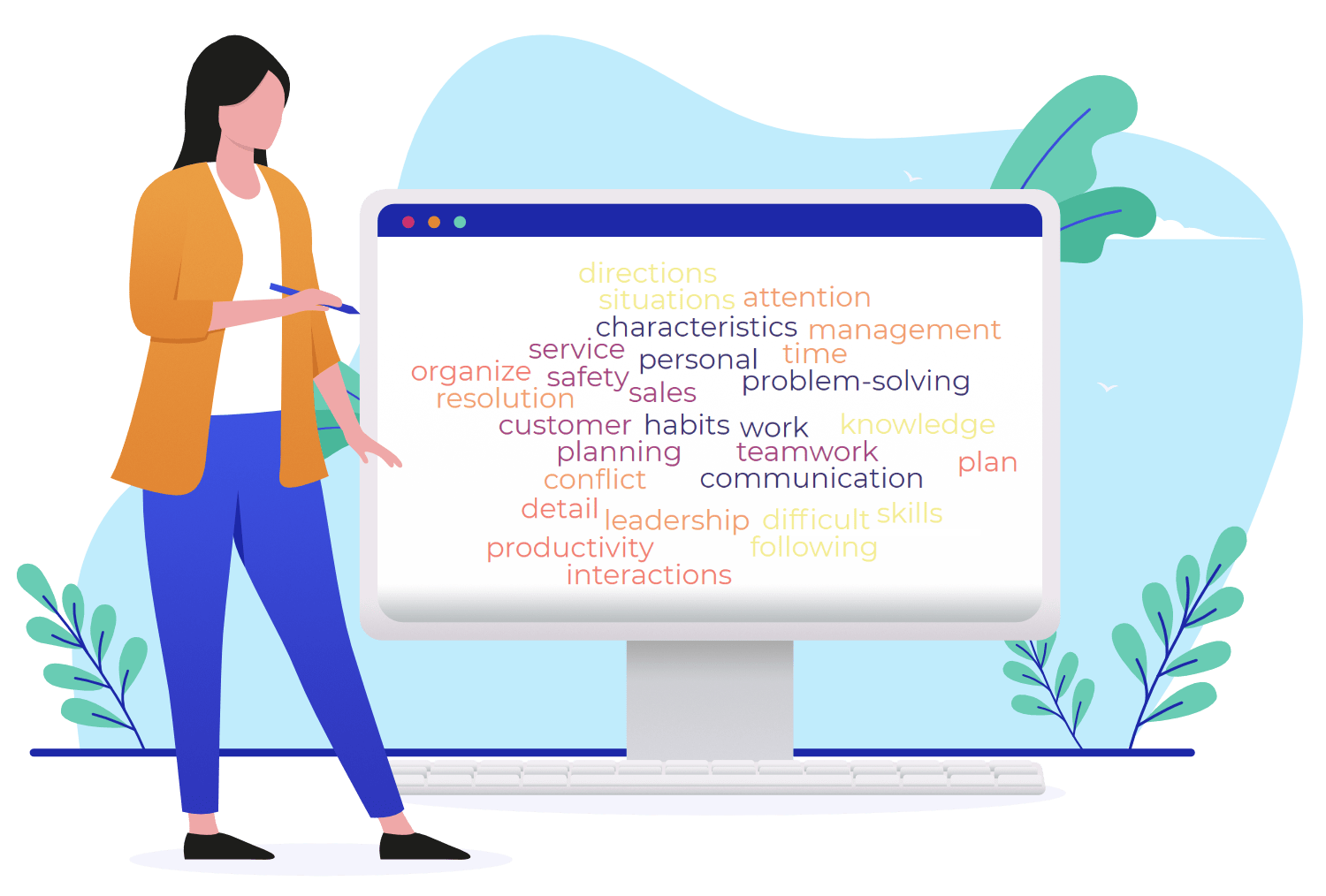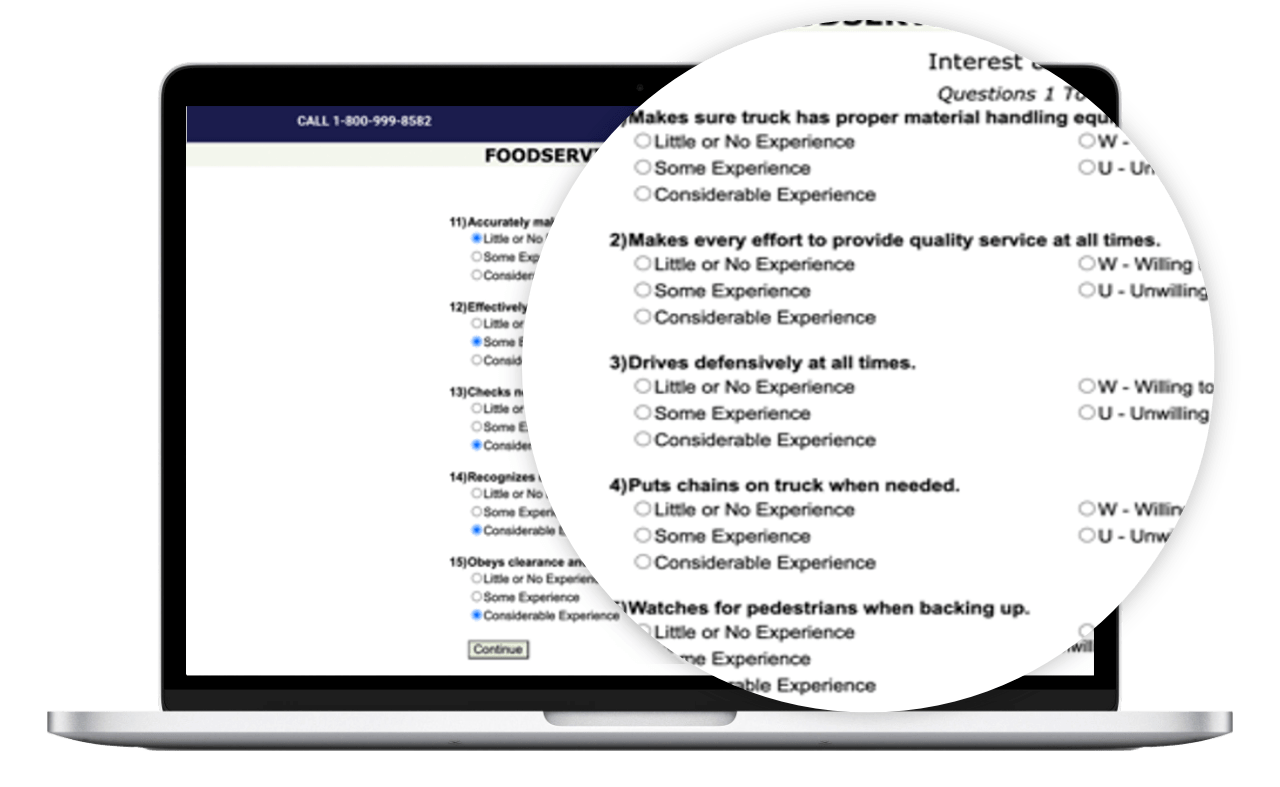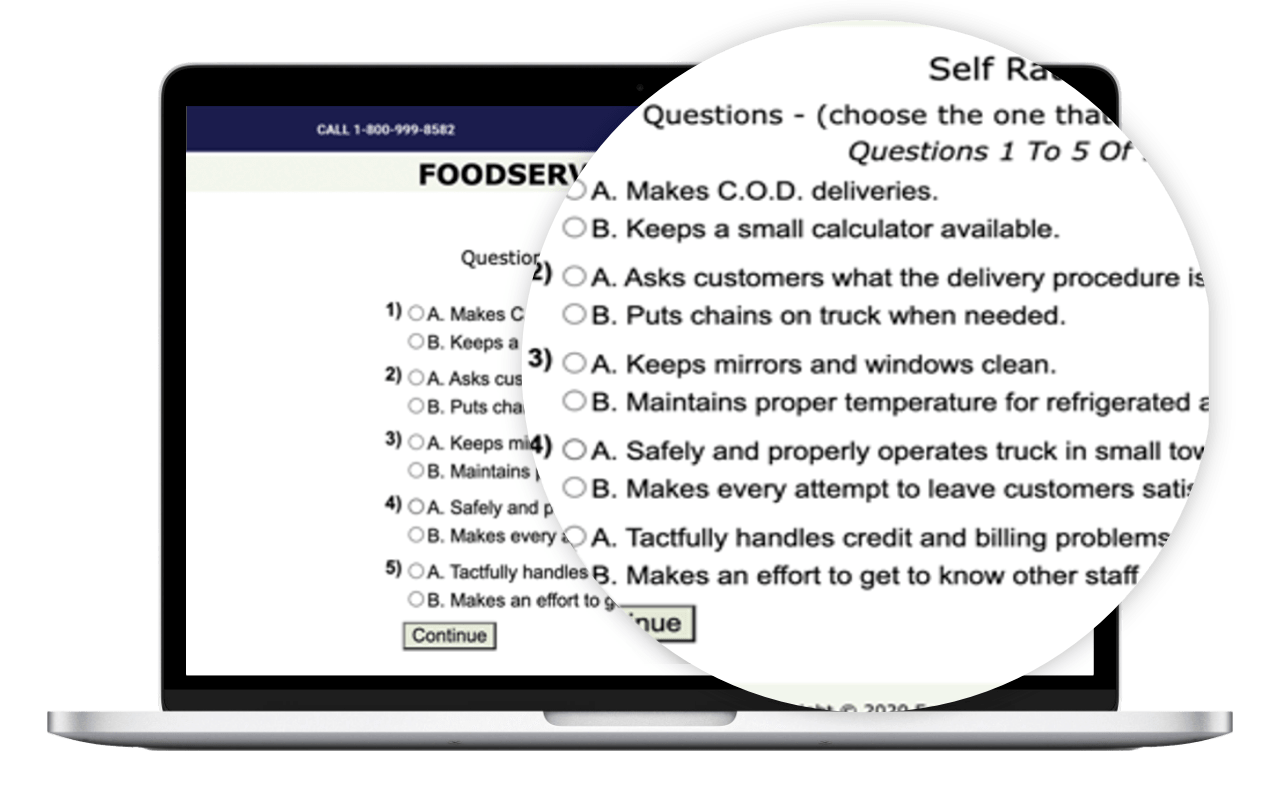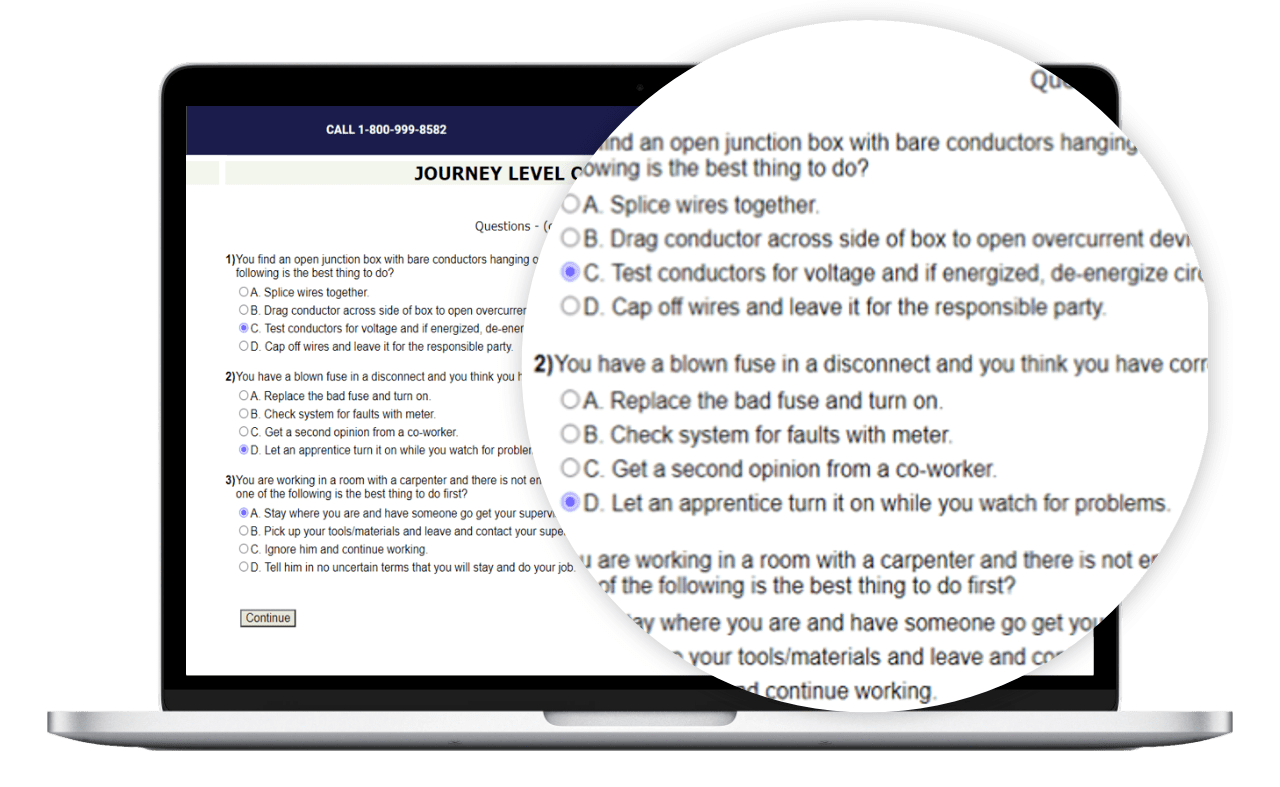Being a top-performing Utility Worker goes beyond skill and craft knowledge; it involves surpassing average behavioral expectations. The SelectRight™ assessment evaluates candidates across a broad spectrum, considering the 30% skill component and the crucial 70% human factor behaviors defining the job.
This scientifically valid methodology identifies 100+ key high-performance job behaviors, forming the basis of the Job Success Profile™. Through a comprehensive questionnaire, applicants can assess their alignment with the known high-performance behaviors of top performers.
Proactively seizing opportunities to improve performance is crucial for a Utility Worker/General Laborer, yielding positive and negative consequences. Embracing training and development enhances individual performance, making the worker an asset capable of tackling diverse tasks efficiently. This constant improvement benefits the organization by increasing productivity, efficiency, and competitiveness. Conversely, neglecting such opportunities hinders job enrichment and stunts personal growth, rendering the employee less valuable to the organization and potentially compromising job security. In essence, the choice to embrace self-improvement not only fuels personal and professional growth but also defines the employee's value within the organization.
When a Utility Worker/General Laborer actively engages in conversations with co-workers about unsafe behaviors, it leads to a range of positive consequences. Their willingness to address and rectify unsafe actions among colleagues can immediately impact reducing accidents and workers' compensation claims. By promoting a culture of safety through open dialogue, they contribute to a safer work environment where everyone is more aware of potential hazards and takes proactive steps to mitigate risks. This not only enhances the well-being and safety of the workforce but also saves the company valuable resources that would otherwise be allocated to accident-related expenses. Conversely, refraining from talking to co-workers about unsafe behaviors increases the probability of on-the-job injuries and workers' compensation claims, jeopardizing safety, well-being, and company finances. Therefore, promoting safety through open communication is not just a matter of well-being but also a crucial step in minimizing workplace injuries' negative consequences and associated costs.
A Utility Worker or general laborer's commitment to learning and consistently following safe working practices yields evident and multifaceted consequences. This dedication to safety decreases accidents and worker compensation claims, benefiting both personal well-being and the company's financial stability. Moreover, prioritizing safe practices transforms laborers into valuable assets, fostering a safer, more productive work environment. Their dedication protects their well-being and enhances efficiency, making them reliable and respected team members, ultimately benefiting both individuals and the organization. Conversely, the consequences are substantial when a general laborer neglects safe working practices. This negligence results in increased job-related accidents and workers' compensation claims, imposing financial burdens and risking personal safety. It disrupts workflow, reduces productivity, and harms the company's safety reputation, jeopardizing the individual worker's health and the organization's financial stability and work culture.


We created this section, in part, because many applicants have little or no idea before employment about the full range of behaviors expected of them should they be hired. The Interest & Willingness section gives applicants an opportunity to rate themselves on all the behaviors and other conditions of employment.
It serves four purposes:
1st, it acts as a communication tool to the applicant by giving them a comprehensive overview of the behaviors they will need to bring to the job to be successful. 2nd, it allows applicants to select any unwilling responses that flag possible problems and, 3rd, it provides a highly useful and detailed profile of the strengths and weaknesses of the applicant. This profile can be used for more effective training, placement, and further development of existing employees. Finally, this section serves as an understanding between the employer and employee of what is expected in the job.


The assessment accurately identifies applicants who describe themselves in high-performance terms which makes this section a very powerful part of the assessment. The correct answer to each of the pairs is, in fact, the Job Success Profile of high-performance employees. This section measures each applicant to see how closely they come to matching the success profile of known, superior performers.


This section is designed to look for applicants who, by their responses, demonstrate the same competencies as the known outstanding performers.
It asks applicants to choose a response to actual on-the-job scenarios that illustrate high-performance behaviors.



The Utility Worker/Maintenance Worker/General Laborer is a versatile and skilled individual responsible for performing a variety of manual labor tasks to support the maintenance and operation of facilities, equipment, or infrastructure. This role involves carrying out essential tasks in various settings, including commercial buildings, manufacturing facilities, construction sites, and public works projects.
Designed with top producing SMEs
SelectRight assessments are developed using subject matter experts. We assess potential subject-matter experts based on their skill/knowledge, ability & performance, and reputation & management consensus. Before being published, each test is rigorously peer-reviewed, then calibrated using hundreds of test takers with relevant experience in the subject. Our feedback mechanisms and unique algorithms allow for continued reliable and accurate test performance.